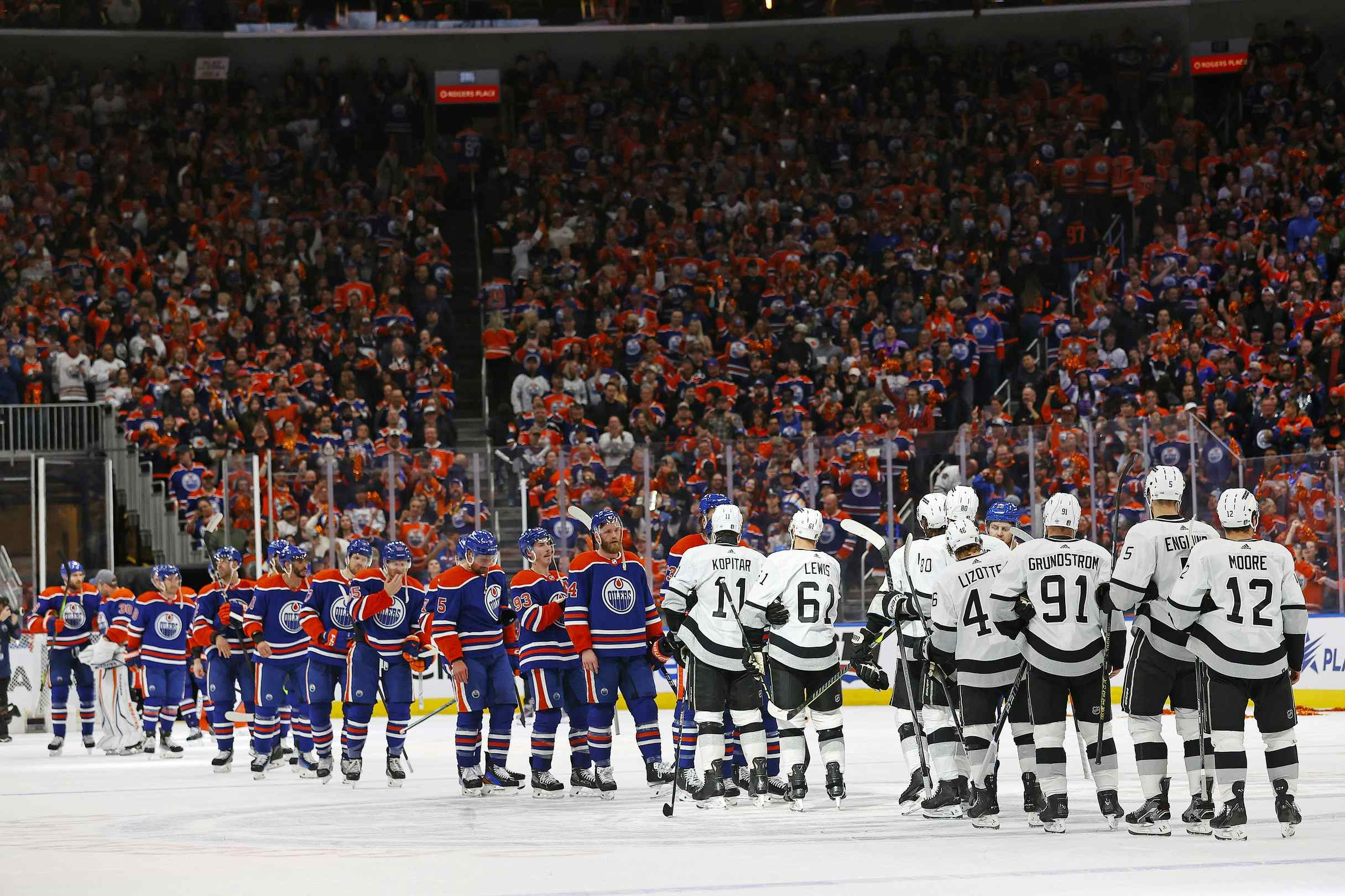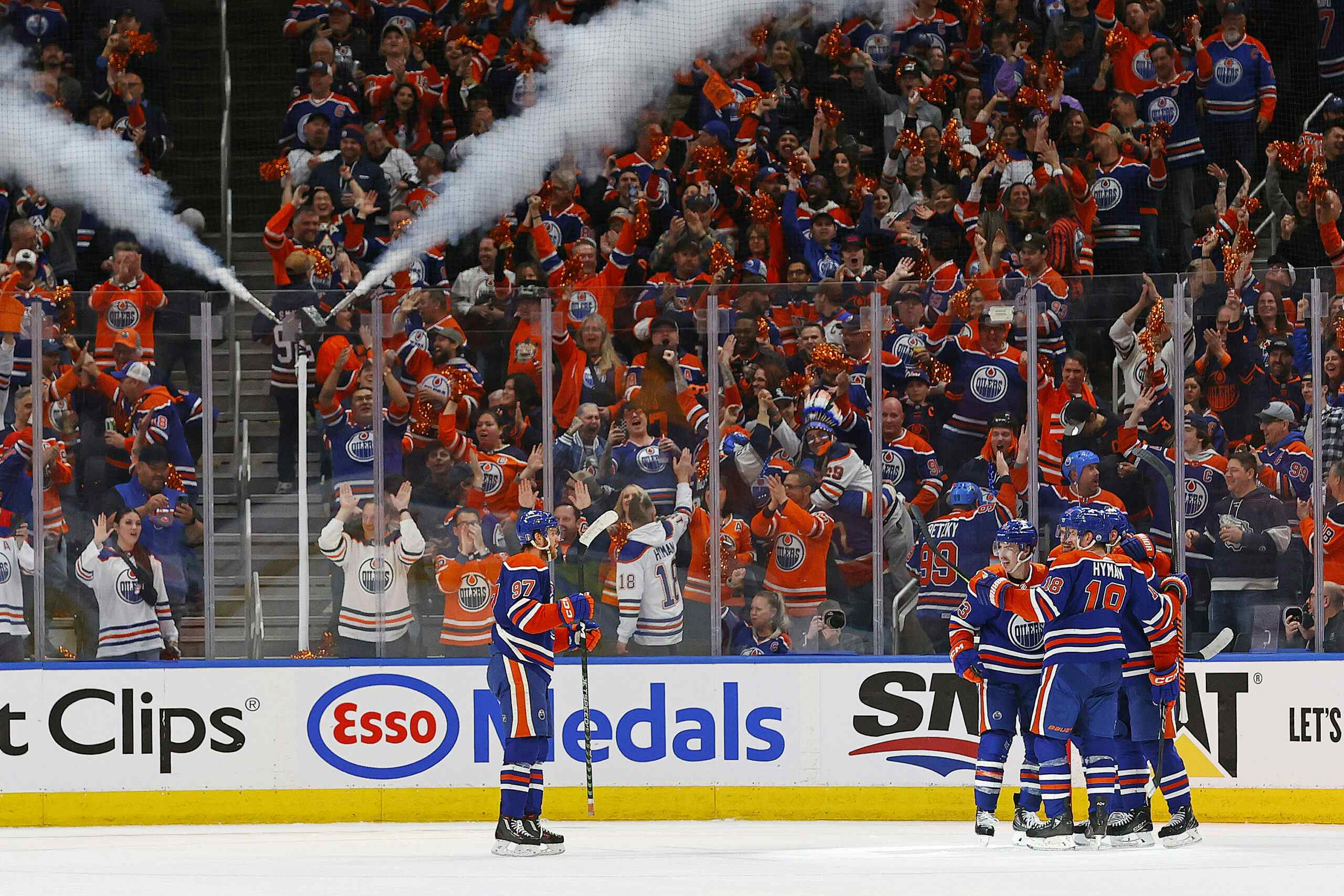Stacking the deck on draft day
By Cam Charron
12 years ago
I want to point you all in the direction of a fantastic bit of research written last week by CIS Blogger and math graduate Rob Pettapiece. Rob expands on research he did into the CHL draft and found that players born earlier in the year were more likely to get drafted than players born later in the year. He divided the players into four camps, ‘Q1’ through ‘Q4’ and concluded that, since there were 4.3 times more Q1 players drafted, there are teams that make decisions, particularly in the late rounds, based on player size and strength rather than observable skill.
“If you’re down to “projectability” at that point, rather than stats and performance, then fine, pick the tallest kid if you have no other information about them.”
So where does this put us as we head into the NHL Draft on Friday? If younger players are more likely to break out, particularly in the later rounds, does that give a team an incentive to draft, say, Jonathan Huberdeau, who will be 18.1 years old as opposed to Gabriel Landeskog, who will be roughly 18.6 years old? As we delve into the later rounds, teams are better served if they looked to draft a player who may not be as well developed but has the benefit of growing into an NHL body. Players born in June and May who just turned 18 are prime candidates, as Rob mentions the successes of Michael Ryder and Brooks Laich, both late round picks, Ryder having been born on March 31st and Laich on June 23rd.
Recent examples of this effect are Sergei Kostitsyn and Jannik Hansen, who were drafted at 18.3 years of age and slow developers before becoming key forwards on playoff teams. As Rob notes, “we see behaviour from hockey executives supporting the hypothesis that younger junior hockey players are undervalued. But this time it’s the NHL teams, not the CHL teams, whose valuation systems are off.”
Recent articles from Cam Charron





